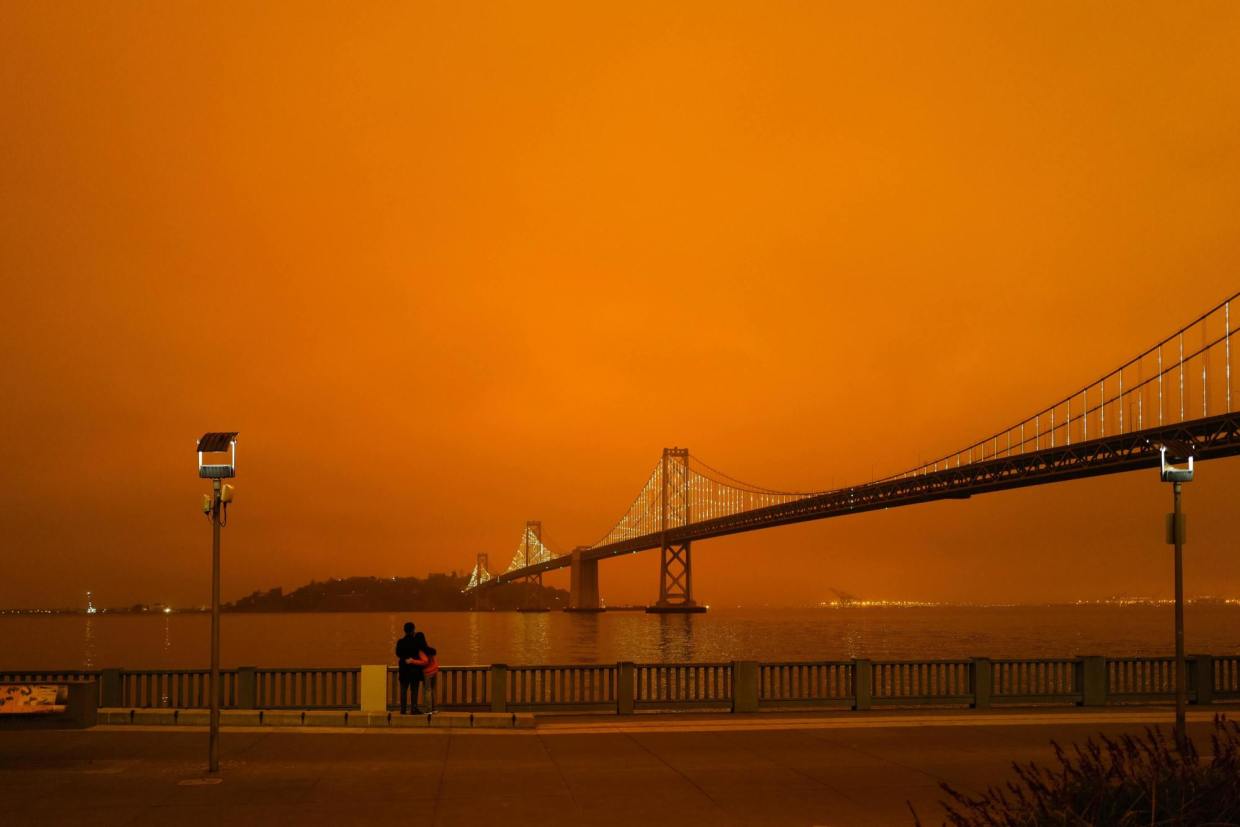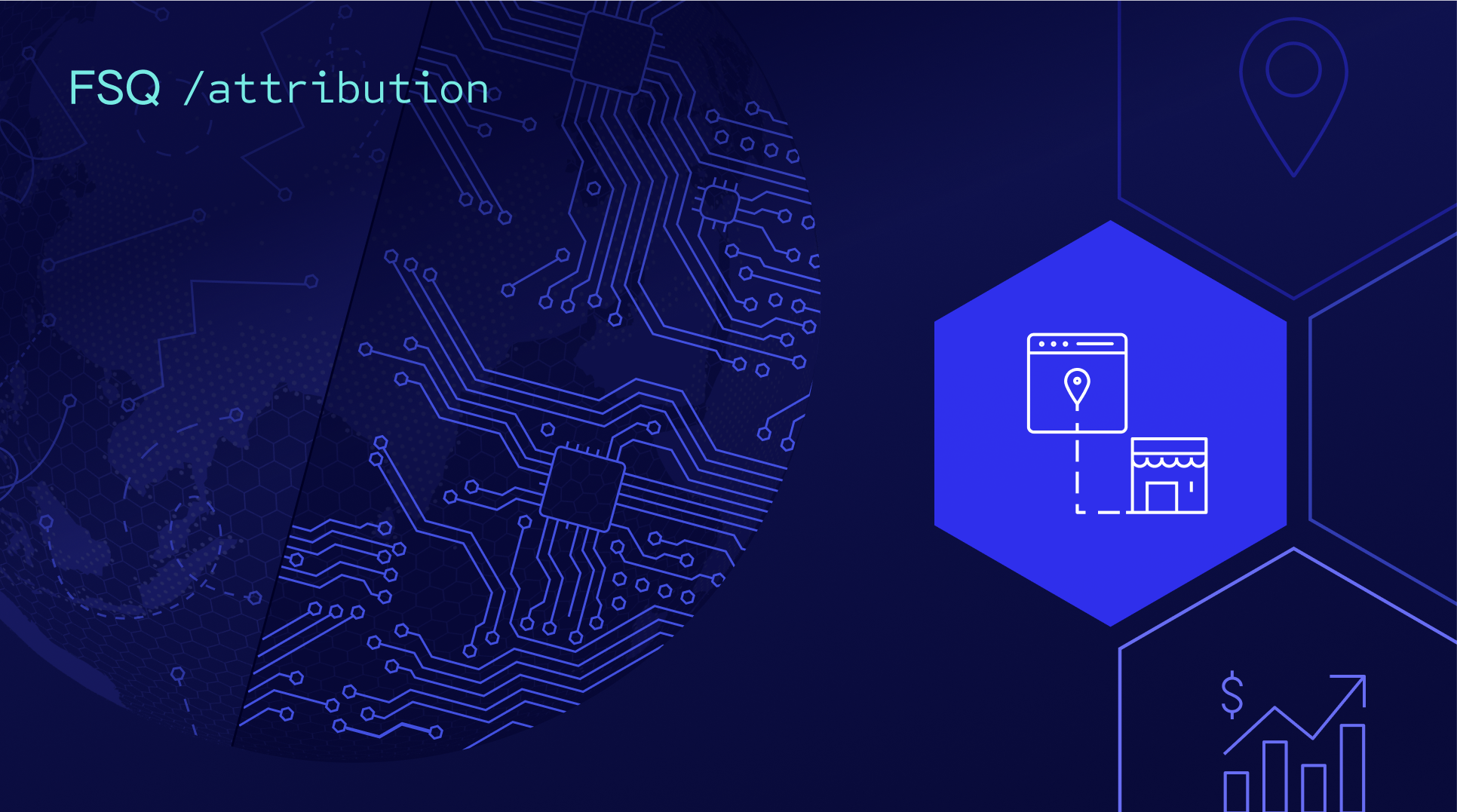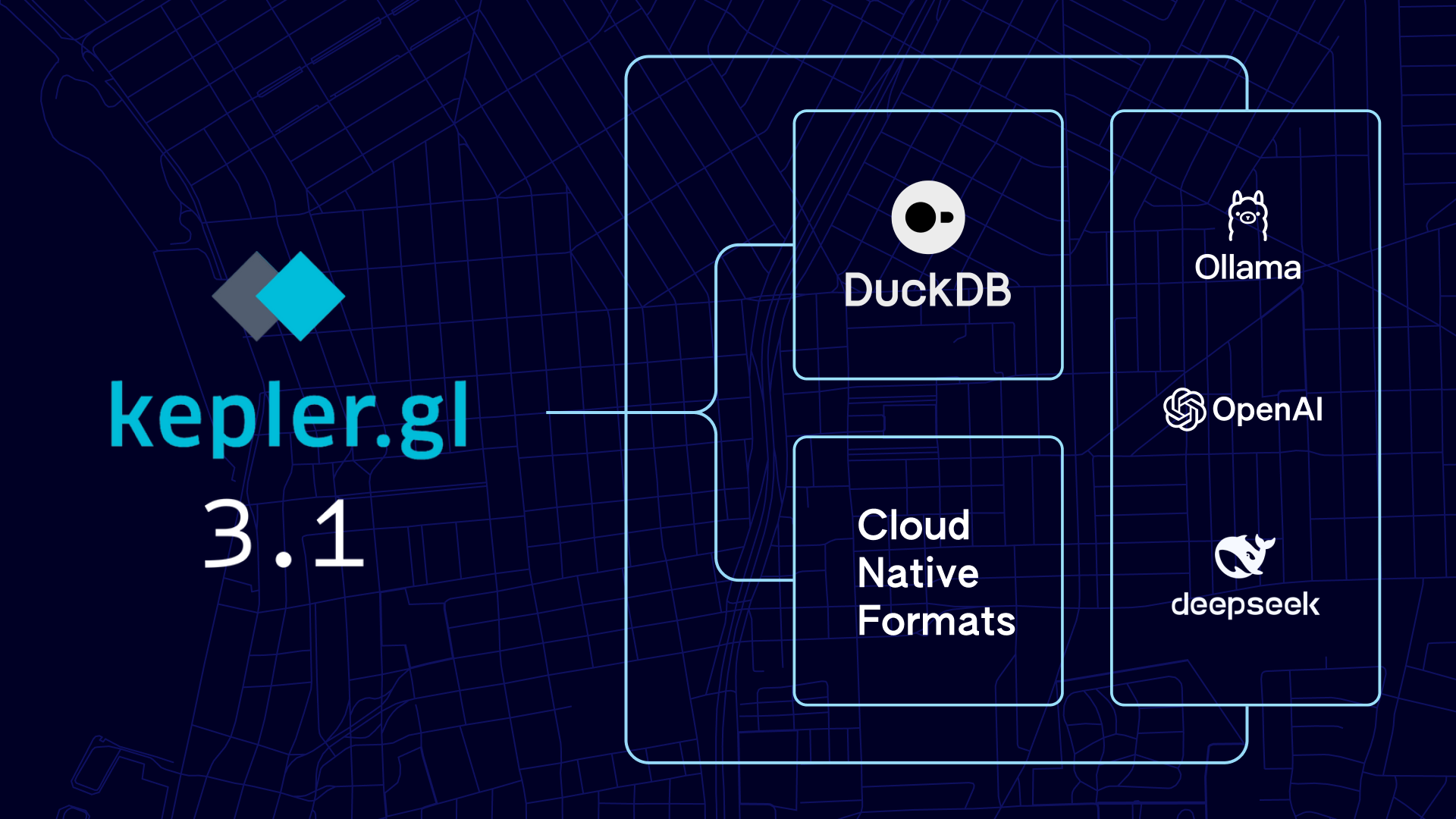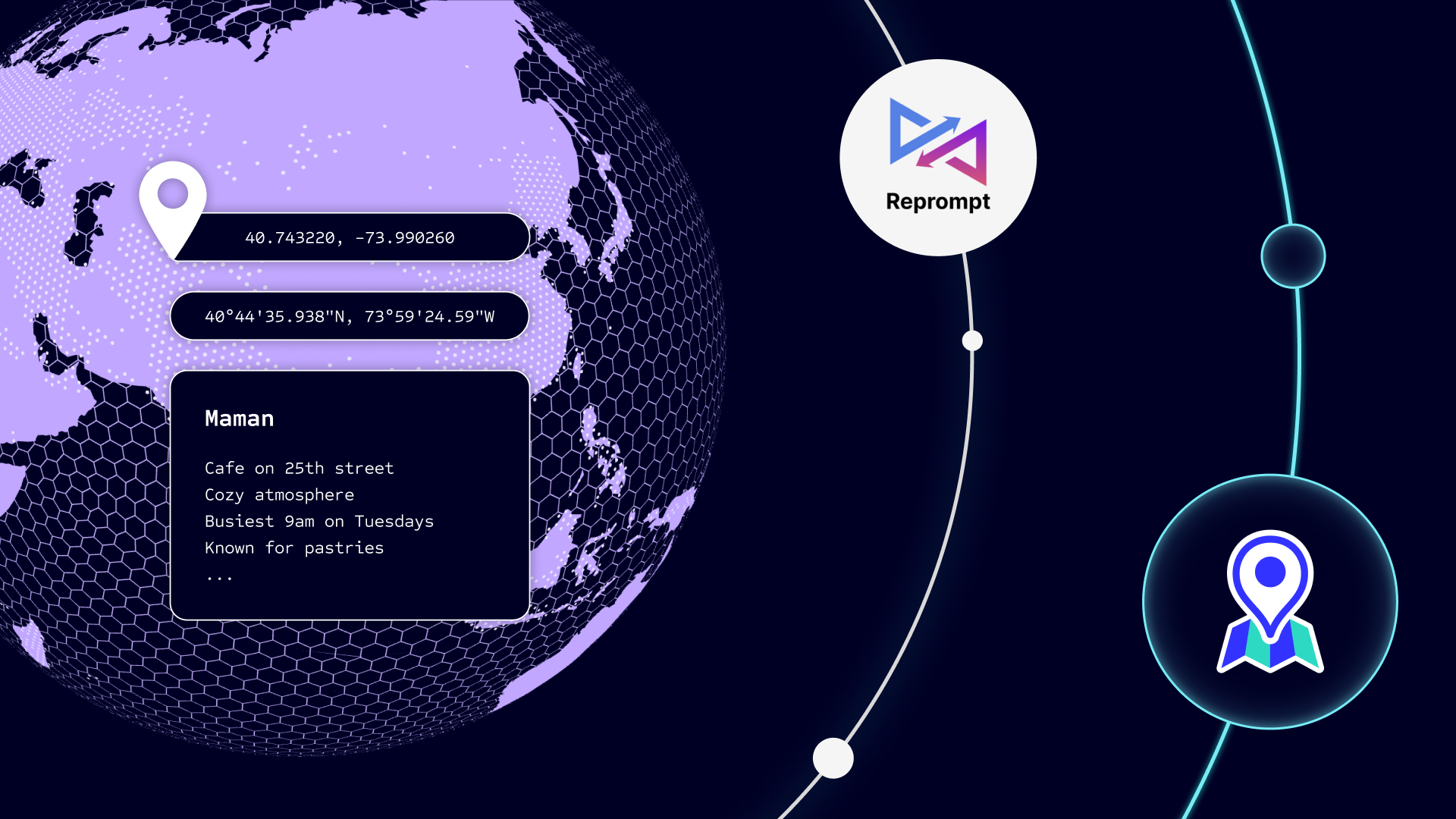After a historic wildfire season in 2020, consumers and businesses alike are bracing themselves for another year of severe weather conditions. In fact, AccuWeather predicts there will be a very active fire season across the western half of the country. As of late April, 47% of the country was experiencing drought conditions. The drought will play a critical role in the wildfire activity throughout the year and will certainly affect air quality. To help prepare, we’ve combined data from AccuWeather, Plume Labs and Foursquare in order to analyze consumers’ behaviors during last wildfire season, quantifying how major markets on the West Coast – Seattle, Portland, San Francisco and Los Angeles – were affected by the air quality. We explored not only the impact of air quality on mobility overall, but also on visitation to specific types of places such as grocery stores, restaurants, and bars.
How did we do it?
Foursquare analyzes foot traffic patterns of millions of Americans that make up our always-on panel. All data is either anonymized, pseudonymized, or aggregated, and is normalized against U.S. Census data to remove age, gender and geographical bias. For this study, AccuWeather provided historical air quality data for Seattle, Portland, San Francisco, and Los Angeles from 2018 through 2020, using Plume Air Quality Index (AQI), which offers a normalization of pollutant concentrations in terms of health impact. Foursquare then analyzed the impact of abnormally poor air quality stemming from wildfires on foot traffic to different categories and brands, comparing average visitation on days with outlier AQI values versus days with AQI in the standard range, averaged across major markets for sample size. We focused on outlier AQI values more than 1.5 interquartile ranges (IQRs) above the third quartile (LA 61.7+, Portland 38.4+, Seattle 41.1+, San Francisco 43.5+) throughout 2018-2020.
Of note, by using Plume Air Quality Index (AQI), we didn’t only look at specific days when wildfires were active in a given city, but rather, the days in which air quality in a city was strongly affected – in some cases even after the actual burning had stopped.
So, what did we find?
Leisure
Outdoor activities were unsurprisingly the most impacted by wildfires. Visits to trails in Los Angeles, Portland, San Francisco and Seattle fell by -14.1% on days with unusually high AQI, while visits to parks fell by -13.0%. This indicates that consumers were less likely to go hiking, biking, and walking due to high air quality index (AQI). Visits to beaches and playgrounds in major west coast markets both fell by -12.4% on days with high AQI, while visits to golf courses fell by -10.2%. Traffic to athletics and sports venues such as basketball courts and soccer fields declined by -6.6% on days with unusually high AQI.
Dining & Nightlife
Consumers are also less likely to go out to eat and drink on days with unusually poor air quality due to wildfires. Foot traffic to restaurants overall in Los Angeles, Portland, San Francisco and Seattle declined by -4.5% and visits to bars declined by -7% on these days. Casual dining restaurants were more impacted than fast food restaurants – casual dining visits declined by -4.5%, whereas fast food visits only fell by -2.5%. Some chains were more affected than others. For example, visits from Starbucks declined by -3.3%, whereas visits to Burger King only declined by -2.1%.
Specialty Retail
People are also less likely to visit specialty retailers on days with unusually high AQI due to wildfires. For example, foot traffic to sporting goods stores in Los Angeles, Portland, San Francisco and Seattle fell by -9.2% on these days and visits to clothing stores fell by -6.7%. That being said, visits to hardware stores fell by only -2.2%, and visits to The Home Depot fell by -1.8% on days with usually high AQI, indicating traffic to this category is less affected by wildfires.
Essential Retail
Meanwhile, foot traffic to places where people go to stock up on supplies and essentials was less impacted by wildfires. Grocery store traffic only declined by -1.4% on days with unusually high AQI. Certain grocery chains were more affected than others by the fires – visits to Whole Foods Market fell by -3.2%, and visits to Trader Joe’s fell by -1.5%. Pharmacy and drug store traffic declined by only -0.8% on days with unusually high AQI due to wildfires. Visits to CVS in particular fell by -4.3%, whereas visits to Walgreens only fell by -2.0%. Visits to warehouse stores in Los Angeles, Portland, San Francisco and Seattle did not fall at all on days with unusually high AQI due to wildfires, while visits to big box stores fell by only -1.4%. That being said, visits to Target in particular fell by -3.3%.
The takeaway?
Brands and businesses can use these findings to prepare for the 2021 wildfire season. For example, restaurants – particularly casual dining brands – should consider bolstering their delivery services during days with poor air quality, as this can help consumers who are unable to dine out due to safety concerns. This is also true for grocery stores with delivery options, as they can highlight online ordering and delivery to shoppers during wildfire season, as air quality does affect visitation even to these.
Interested in custom location-based insights? Contact us using the form below.
Looking for weather-based executions or insights? Email Accuweather at adsales@accuweather.com.



